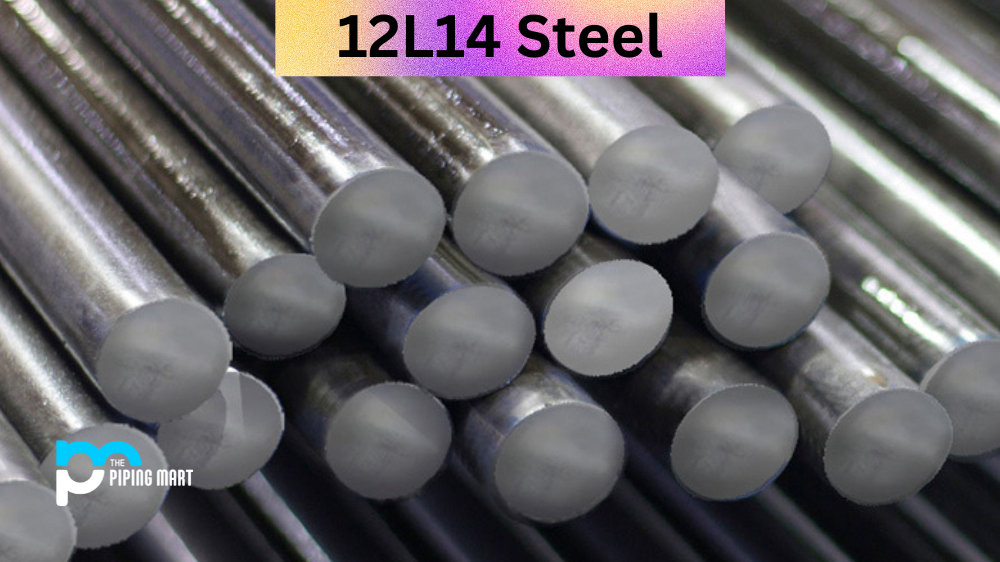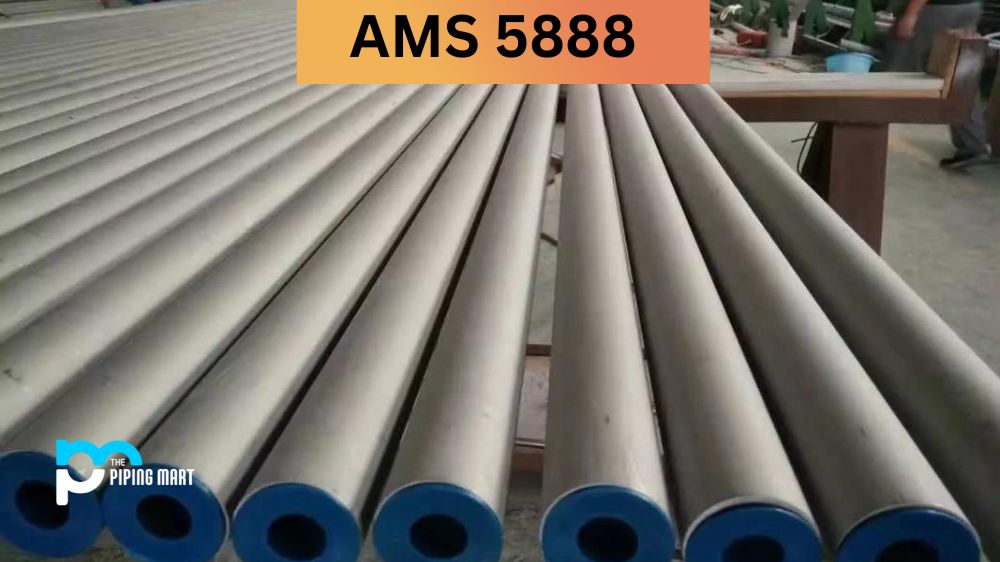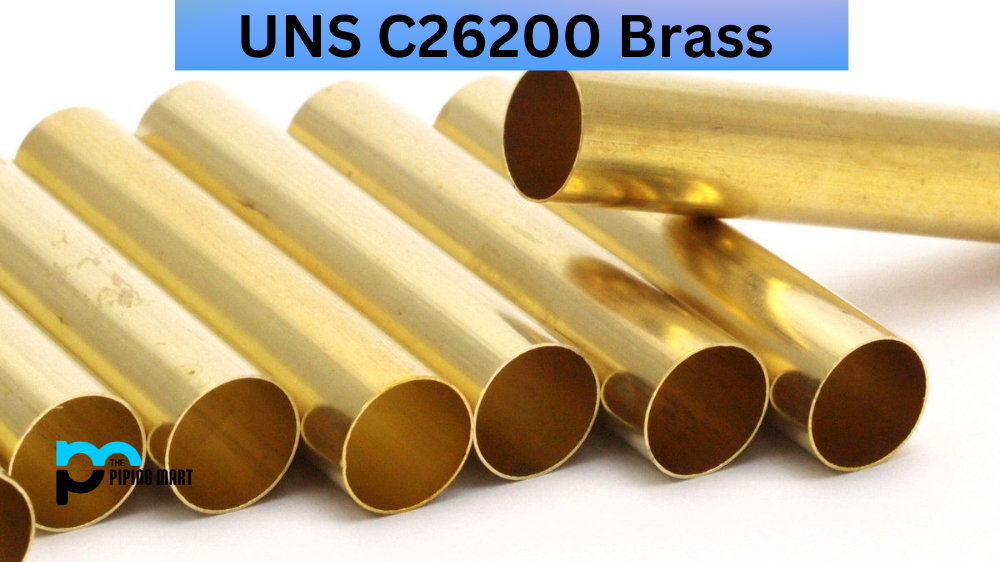Are you curious about 12L14 Steel? If you’re in the manufacturing or construction industry, you’ve encountered this type of Steel before. 12L14 Steel is famous for its machinability, versatility, and cost-efficiency. In this blog post, we’ll dive into everything you need to know about 12L14 Steel, from its composition to its uses.
What is 12L14 Steel?
12L14 Steel is a type of carbon steel composed of iron, carbon, manganese, and sulfur. It is known for its excellent machinability, attributed to its high sulfur content. This Steel is often used for parts that require tight tolerances and a smooth surface finish.
What Form is 12L14 Steel Available at Piping Mart?
12L14 Steel Composition
As mentioned, 12L14 Steel comprises iron, carbon, manganese, and sulfur. The carbon content ranges from 0.15% to 0.26%, while the manganese content is between 0.85% and 1.15%. Sulfur content is relatively high, usually between 0.15% and 0.35%. Additionally, it contains trace elements such as phosphorus, silicon, and copper.
| Element | Content (%) |
|---|---|
| Iron, Fe | 97.91 – 98.7 |
| Manganese, Mn | 0.85 – 1.15 |
| Sulfur, S | 0.260 – 0.35 |
| Lead, Pb | 0.15 – 0.35 |
| Carbon, C | 0.15 |
| Phosphorous, P | 0.040 – 0.090 |
12L14 Steel Mechanical Properties
12L14 Steel has moderate strength, good flexibility, and high machinability. Its tensile strength ranges from 390 MPa to 540 MPa, and its yield strength is around 345 MPa. Its elongation at break is about 10-25%, and its hardness is typically about 140-200 Brinell.
| Properties | Metric | Imperial |
|---|---|---|
| Tensile strength | 540 MPa | 78300 psi |
| Yield strength | 415 MPa | 60200 psi |
| Bulk modulus (typical for Steel) | 140 GPa | 20300 ksi |
| Shear modulus (typical for Steel) | 80.0 GPa | 11600 ksi |
| Elastic modulus | 190-210 GPa | 27557-30458 ksi |
| Poisson’s ratio | 0.27-0.30 | 0.27-0.30 |
| Elongation at break | 10% | 10% |
| Reduction of area | 35% | 35% |
| Hardness, Brinell | 163 | 163 |
| Hardness, Knoop (converted from Brinell hardness) | 184 | 184 |
| Hardness, Rockwell B (converted from Brinell hardness) | 84 | 84 |
| Hardness, Vickers (converted from Brinell hardness) | 170 | 170 |
| Machinability (based on 100 machinabilities for AISI 1212 steel) | 160 | 160 |
12L14 Steel Physical Properties
The density of 12L14 Steel is around 7.87 g/cm3. Its melting point ranges from 1,427°C to 1,468°C, and its thermal conductivity is about 50 W/mK. Additionally, it has good electrical conductivity and a low coefficient of thermal expansion.
| Properties | Metric | Imperial |
|---|---|---|
| Density | 7.87 g/cm3 | 0.284 lb/in³ |
12L14 Steel Equivalent
- ASTM A576 (12L14)
- SAE J1397 (12L14)
- SAE J403 (12L14)
- SAE J412 (12L14)
- ASTM A108
- ASTM A29
- SAE J414
12L14 Steel Uses
12L14 Steel is often used to manufacture precision parts, such as screws, bolts, studs, and bushings. It is also used for gears, fittings, couplings, and hydraulic manifold blocks. Its high machinability makes it a popular choice for machining operations such as turning, drilling, and milling.
12L14 Steel Corrosion Resistance
Unfortunately, 12L14 Steel is not highly resistant to corrosion. Its sulfur content makes it highly susceptible to hydrogen embrittlement, which can lead to cracking and failure under certain conditions. It is often coated or plated with zinc, copper, or nickel to improve corrosion resistance.
12L14 Steel Heat Treatment
12L14 Steel can be annealed, normalized, quenched, and tempered depending on the desired properties. Annealing is often used to reduce the hardness and improve its machinability. Normalizing can refine the grain structure and improve its strength. Quenching and tempering increase its hardness and strength while maintaining its flexibility.
12L14 Steel Machining
As mentioned earlier, 12L14 Steel is known for its excellent machinability. Its high sulfur content makes it easy to machine, and it produces chips that are easily broken. This allows for a high surface finish and good dimensional accuracy. When machining 12L14 Steel, it’s essential to use sharp tools and proper cutting fluids to ensure the best results.
12l14 Steel Welding
Welding 12l14 Steel requires special attention due to its high carbon content. It is best to preheat the metal before welding, use an appropriate filler material like ER70S-2, and maintain minimal arc speed while welding. The heat generated should be kept at a minimum to avoid possible cracking or porosity issues.
Conclusion
12L14 Steel is a versatile and cost-effective material that is widely used in a variety of industries. Its high machinability, moderate strength, and flexibility make it popular for precision parts and machining operations. While it is not highly resistant to corrosion, it can be coated or plated to improve its performance. With proper heat treatment and machining techniques, 12L14 Steel can be optimized for specific applications.

A passionate metal industry expert and blogger. With over 5 years of experience in the field, Palak brings a wealth of knowledge and insight to her writing. Whether discussing the latest trends in the metal industry or sharing tips, she is dedicated to helping others succeed in the metal industry.




